Product introduction:
- Support Material: Agarose serves as a common support material in gel electrophoresis.
- Purity Impact: The purity of agarose directly influences the resolution of DNA bands and the clarity of electrophoresis results.
- Preparation: Agarose, a high-purity form of agar, is typically prepared as a gel with concentrations ranging from 0.5% to 2%.
- Applications: Agarose gel electrophoresis is utilized for the separation and identification of nucleic acids, including DNA profiling and DNA restriction enzyme mapping.
- Visualization: Nucleic acid fluorescent dyes are added to the gel, and DNA bands are visualized using a gel imaging scanner post-electrophoresis.
Product contents:
| Components | DA003-02(100g) |
| Agarose | 100g |
Quality Control:
| Parameter | Specification |
|---|---|
| Gel Strength (1% gel) | > 1200g/cm² |
| Electroendosmosis (EEO) | < 0.15 |
| Sulfate | ≤ 0.15% |
| Gel Temperature (1.5% gel) | 35-37℃ |
| Melting Temperature (1.5% gel) | 87-89℃ |
| Moisture | ≤ 10% |
Absence of Nucleases.
Usage Instructions:
- Depending on the size of the target nucleic acid fragments and the type of electrophoresis buffer, determine the required agarose concentration:
| Agarose concentration | Ideal linear resolution range(bp) | |
| 1× TAE | 1× TBE | |
| 0.6% | 1200-15000 | 1200-12000 |
| 0.8% | 1000-10000 | 1000-12000 |
| 1.0% | 200-10000 | 100-10000 |
| 1.2% | 100-8000 | 100-5000 |
| 1.5% | 100-5000 | 50-3000 |
| 2.0% | 50-3000 | 50-3000 |
| 2.5% | 50-3000 | 50-2000 |
- Agarose Gel Preparation (Horizontal Gel Electrophoresis Example):
- Based on the amount of gel needed and the desired agarose concentration, measure an appropriate volume of electrophoresis buffer (TAE or TBE) and pour it into a triangular flask.
Note: The buffer used for gel preparation should be the same as the electrophoresis buffer.
- Accurately weigh the agarose and carefully add it to the triangular flask. Cover the flask opening with parchment paper and heat it in a microwave oven to dissolve the agarose. Heat the solution until it boils, then wearing heat-resistant gloves, gently swirl the flask. Repeat this process several times until the agarose is completely dissolved.
Note: Use multiple short boiling steps during the agarose dissolution to avoid overheating and boiling over. Ensure the agarose is fully dissolved to avoid blurry electrophoresis results.
- Add nucleic acid dye to the fully dissolved agarose solution.
- Pour the agarose solution into the gel mold, then insert the comb at the appropriate position. The gel thickness is usually between 3-5mm.
- Let the gel solidify at room temperature (approximately 30 minutes to 1 hour) and then place it in the electrophoresis apparatus for electrophoresis.
Precautions:
- Beware of boiling during the agarose dissolution process to prevent scalding.
- DA003-01 is a domestic proprietary brand, and DA003-02 is an imported reagent.
- Please wear gloves, especially when using fluorescent dyes with carcinogenic properties (such as ethidium bromide) for gel nucleic acid staining.
- If the prepared gel is not used immediately, store it submerged in electrophoresis buffer (TAE or TBE) to avoid gel drying out.
Customers’ Reviews Of Solarbio Products For Reference
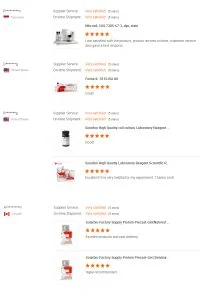
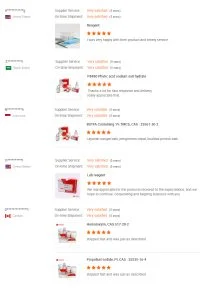
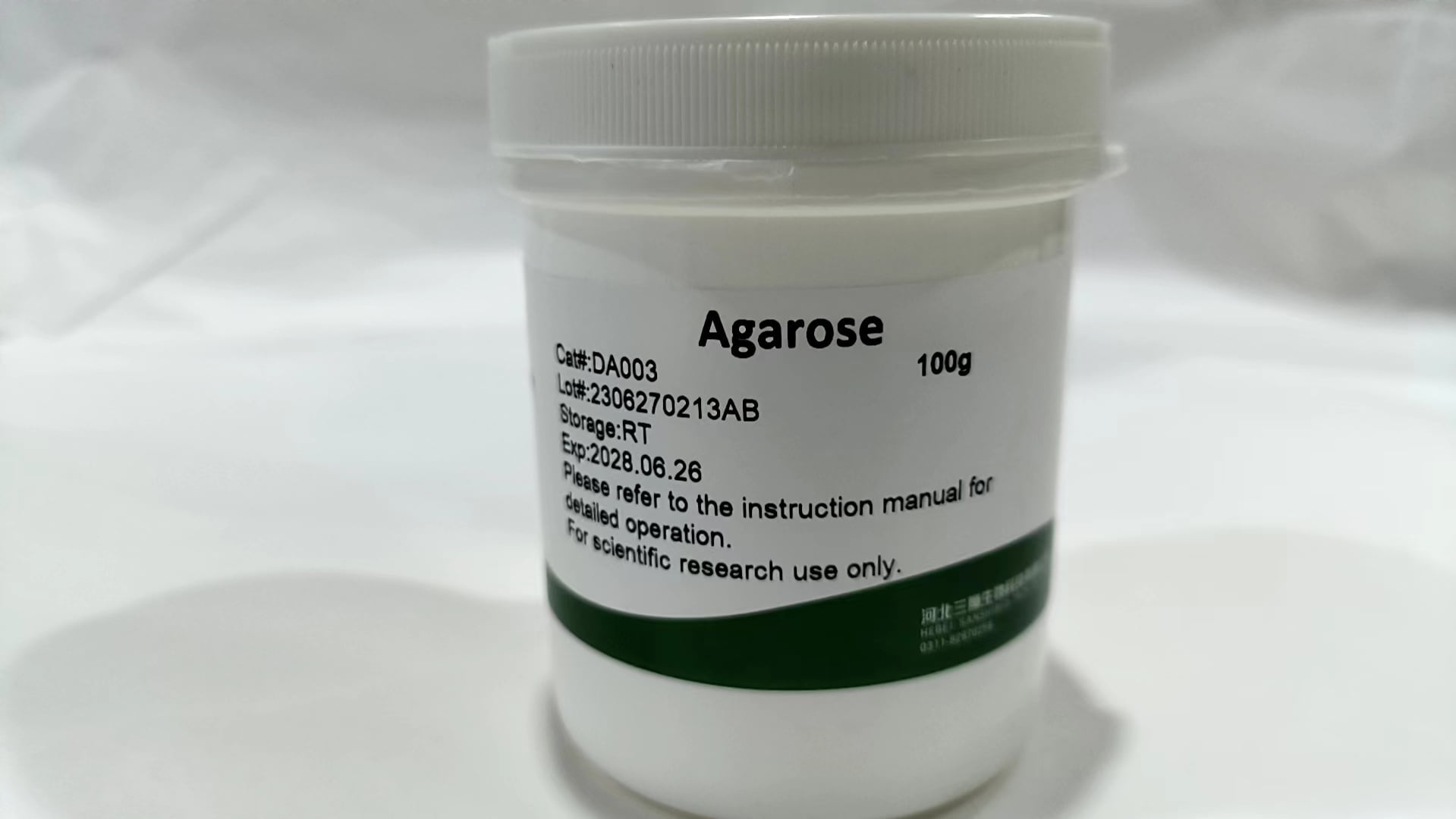
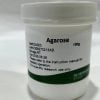
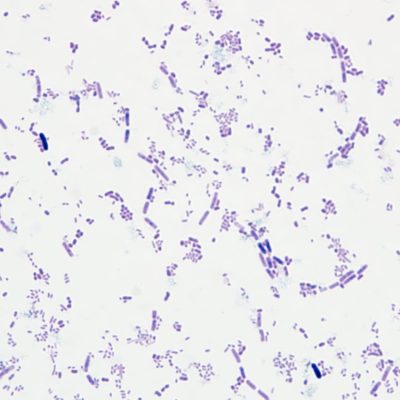
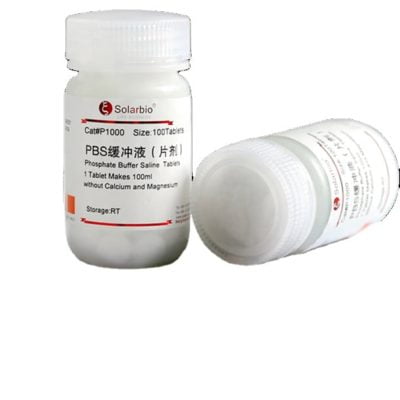
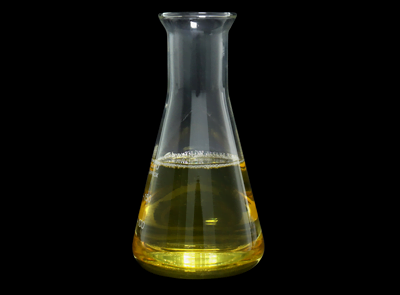
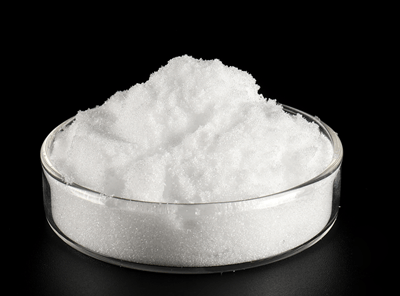
Reviews
There are no reviews yet.